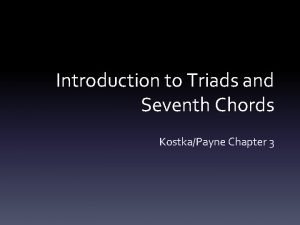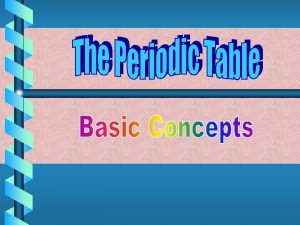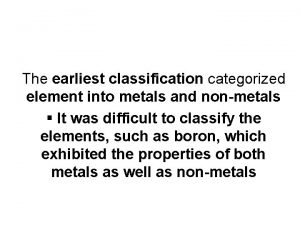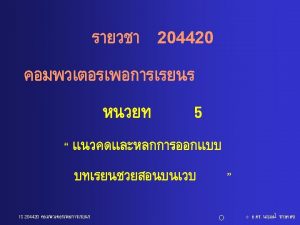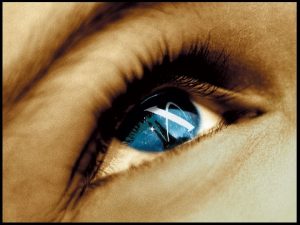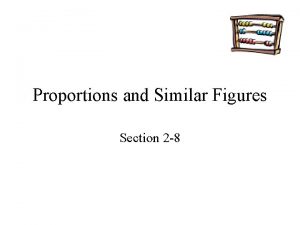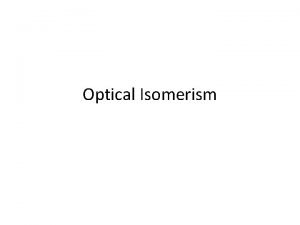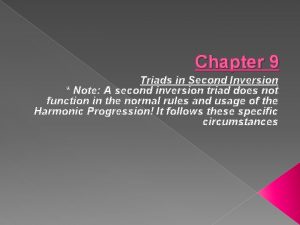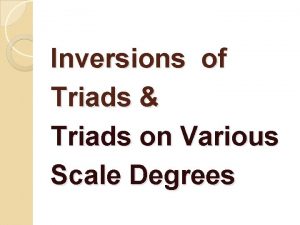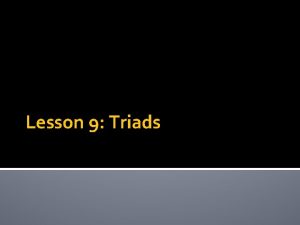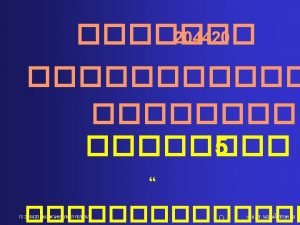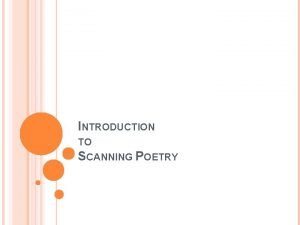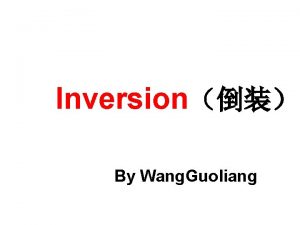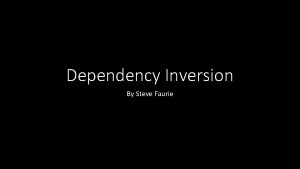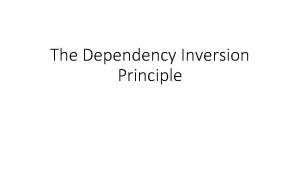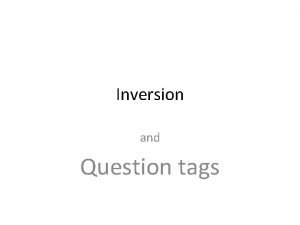Chapter Nine Triads in Second Inversion Introduction Same












- Slides: 12

Chapter Nine Triads in Second Inversion

Introduction • Same as First Inversion Triads by the use of bass arpeggiations. • Second Inversion Triads are NOT used as substitutes for the root position. • The Second Inversion of a triad is considered to be a much less stable sonority than either of the other two bass positions.

Bass Arpeggiation and Melodic Bass • As with triads in first inversion, six-four chords may come about through bass arpeggiation. Example:

The Cadential Six-Four • Appears in a bass arpeggiation or a melodic bass. • Tends to be used in three stereotyped contexts. • Both halves of this example begin with tonic triad and end with a V-I progression.

Example 9 -4

The Cadential Six-Four Continued • I 6/4 resolves to a root position V or V 7 chord. • If a V 7 follows a I 6/4, bracket the two chords together to make a V 7 • I 6/4 - V - I

The Passing Six-Four • Any triad may be used as a passing six-four chord. It also features smooth voice leading. • Six Four Chord used in stepwise motion in the BASS creates a passing figure. (NOT NCT’s)

The Passing Six-Four Continued • passing fix-fours create weak harmonic function.

The Pedal Six-Four • Also known as static bass. • The bass note remains the same, and 6/4 chord is preceded and followed by the same, root position chord.

Part Writing for Second Inversion Triads • In a four part texture, the bass (5 th of the chord) should be doubled. • The other voices generally move smoothly— often by step, both into and out of the six-four chord. • All members of the chord must be present.

Example 9 -14

Conclusion • Six-four chords present through bass arpeggiation or if the melody is in the bass. • Cadential six-four chord is a tonic six-four that delays the arrival of the V chord that follows it. (I 6/4 – V – I) • Passing six-four chord harmonizes the middle note of a three-note scalar figure in the bass. Most common is the V 6/4 and the I 6/4. • Pedal six-four look for bass line: is it the same? Stepwise? Arppegiated? Most pedal six-four chords are I 6/4 or IV 6/4 chords. • In four part texture, the bass (5 th of the chord) is always doubled.
 Introduction to triads and seventh chords
Introduction to triads and seventh chords The triad of teaching
The triad of teaching Dobereiner triads examples
Dobereiner triads examples Merits of dobereiner's triads
Merits of dobereiner's triads Dobereiner triads
Dobereiner triads Limitations of dobereiner's triads class 10
Limitations of dobereiner's triads class 10 Limitations of dobereiner's triads class 10
Limitations of dobereiner's triads class 10 Same place same time
Same place same time Same place same passion
Same place same passion Similar
Similar Similar figures
Similar figures Trans name
Trans name 27 miles per gallon into kilometers per liter
27 miles per gallon into kilometers per liter
